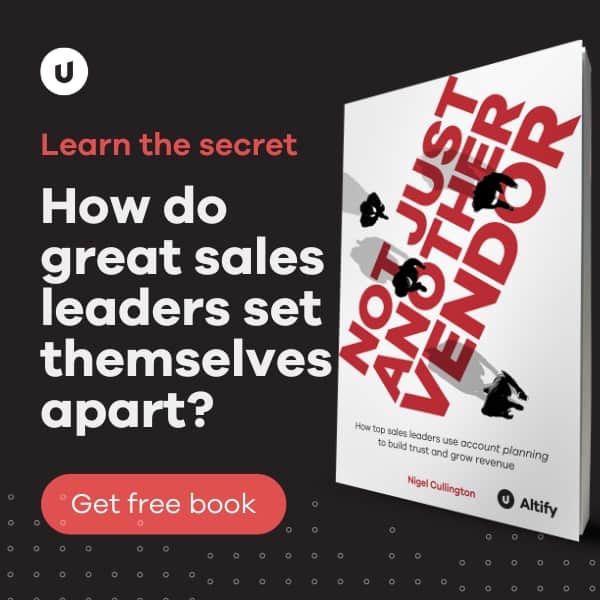In my last post I described both the symptoms – the Bad Things That Happen – that point to sales problems, and the underlying causes of those problems, in Level 1 sales engagements.
At Level 1; if the customer purchases your product it is not going to fundamentally change their business; the impact is fairly low and correspondingly the revenue opportunity relating to this transient sales engagement is typically less than $50,000.
Now we’re going to look at the additional problems that occur when things get a little bit more complex. At Level 2, the impact on the customer of deploying a solution is increased over the previous level. The buying process is probably formal and the number of people in the buying committee has grown. The revenue opportunity has grown correspondingly and is now probably greater than $50,000.
As you are working this type of opportunity, you recognize that everything you do in this deal, the way you behave, the relationships you develop and the customer value that you deliver, all set the foundation for further opportunities with this customer, so as you periodically engage with the customer you have a strategic outlook as it relates to the overall account.
In this case, the ‘Bad things that happen’ take on a richer texture and feel more ‘strategic.’ As you review the list in the following table, apply it to your company and ask yourself whether your organization has any of these problems in addition to the Level 1 problems you identified earlier.

Once more I have mapped the evidence points above to the likely primary Obstacles below. Again, I have tried to keep the mapping tight so that you focus on the Obstacles that contribute most directly to your pain. Remember that some Obstacles from Level 1 may remain and you may need to blend the solution.
 As before, you should examine the evidence to see where you have evidence of problems and prioritize the Obstacles that are causing you most difficulty.
As before, you should examine the evidence to see where you have evidence of problems and prioritize the Obstacles that are causing you most difficulty.
There is not space in this post to prescribe the solution, but I would focus on true value creation for the customer. This approach can be captured in the following strategy statement.
BUILD RELATIONSHIPS THROUGH VALUE CREATION TO WIN
Enable sellers to qualify opportunities, build relationships, connect solutions to customer business problems, and create value and position competitively. Implement a deal management framework with increased visibility and collaboration for higher win rate and larger deals.
I describe this more fully in my book Digital Sales Transformation in a Customer First World.
You may have noticed that Level 1 and Level 2 address issues that pertain almost exclusively to opportunity pursuit. There is little coverage of account related sales strategies or activities.
However, you might ask yourself whether it is OK to have invested all the effort to open the door in an account, develop relationships, become an approved vendor, just to walk away from all that investment and move on to the next new account. If you answer that in the affirmative, then you don’t need to consider the issues in Level 3. If on the other hand you truly have an account strategy and you have not sold all of your products to all of the divisions in the account, then it is worth considering the effort to solve the sales issues you may have in Level 3 and the potential return from doing so.
I will address Level 3 sales problems in my next post.


